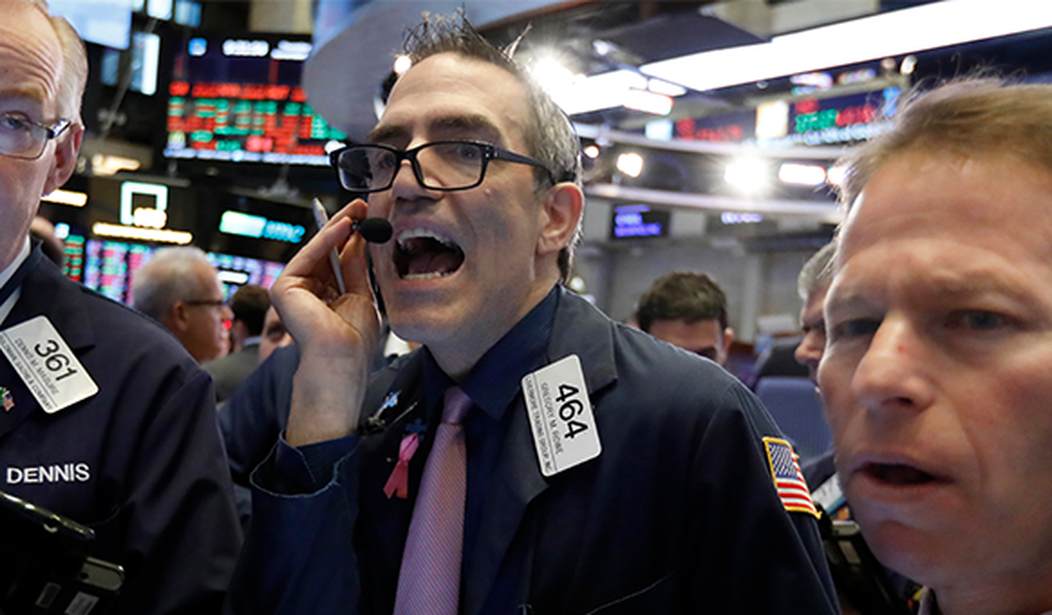The big rally effort saw a natural pullback and now the market feels like it is consolidation phase, but this will not last long.
Major indices are forming ascending triangle formations, which connect recent tops (resistance) over a period with a series of higher lows. These formations are normally short-term from one to three months and often presage major breakouts.
For the S&P 500, big resistance begins at 3,000 to 3,100. Beyond there, we could see panic buying spark a fast leg higher. Conversely, 2,800 has become an important support point that must hold or the technical narrative changes dramatically.

Optimism and Hope
Yesterday, Bloomberg News let down its guard and posted a headline that was actually encouraging. That did not last long as the headline was quickly changed.
1st headline: Stocks and Oil Rise on Optimism over Lockdown Easing
2nd headline: Stocks and Oil Rise on Hope over Lockdown Easing
Some are saying there is a distinct difference between optimism and hope, as the former is usually accompanied with improving data or evidence, and the other is simply a feeling. I disagree when it comes to the economy and stock market. Optimism often comes before there is evidence of a turn because the personification of optimism becomes the evidence others are seeking. More broadly, I think the nation has been built on a perpetual state of hope.
Portfolio Approach
The Portfolio Approach is a guide to the Hotline service and is designed to reflect current portfolio allocations. It is also designed to help mitigate the risk of subscribers, especially new ones, from buying legacy positions at entry prices that are too high or when the underlying value proposition is changing or in question. Hence, the use of Bold and Unbold positions. The weights are where we want to be sector wise at a particular time. For instance, we are currently overweight in Consumer Discretionary. If we don't have Bold ideas to match the total weight in a sector, it means we are searching for ideas (there are also names in the cue as our watch and buy list are long and updated daily).
Recommended
This morning, we are rebalancing our Portfolio Approach and are lowering Consumer Staples to a 1 weight from 3 and raising Cash to a 2 weight, or 10%, and are closing several positions and making bolding changes.
If you are not a current subscriber to our Hotline, please contact your account representative or email research@wstreet.com

Today’s Session
The ADP Employment report for April showed a net loss of 20.236 million non-farm payroll jobs. March was revised downward from -27,000 to -149,000. Ahu Yildirmaz, co-head of the ADP Research Institute, stated, “Job losses of this scale are unprecedented.” While beyond horrific, we knew the numbers would be unbelievably high as states were shuttered. He added, “The total number of job losses for the month of April alone was more than double the total jobs lost during the Great Recession.”
The services industry was the hardest hit with a loss of 16,007,000 jobs, and of that, Leisure and Hospitality suffered the greatest losses as bars and restaurants closed. On the good producing jobs, construction lost the most jobs.
Good Producing | Service Producing |
Mining -78,000 | Trade, Tran & Utility -3,440,000 |
Construction -2,477,000 | Information -309,000 |
Manufacturing -1,674,000 | Financial Activities -216,000 |
| Professional & Business -1,167,000 |
| Education & Health -971,000 |
| Leisure & Hospitality -8,607,000 |
| Other -1,298,000 |
Big businesses also were the hardest hit.
Business Size | Change |
Small 1-49 Employees | -6,005,000 |
Midsize 50-499 Employees | -5,269,000 |
Large 500 or more Employees | -8,963,000 |
There was some good news on the housing front, as mortgage application ticked up 0.1% for the week ending May 1, coming back from the prior weeks decline of 3.3%. The average 30-year fixed mortgage rate declined to 3.40%, a record low.
The numbers appear to indicate what I have been saying. I am convinced older millennials with the wherewithal will look to move to the suburbs as an alternative to living in apartments and condos, stacked on top of each other.
- Purchase Applications +5.8%
- Refinance Applications -1.7%
Mike Fratantoni, MBA's Senior Vice President and Chief Economist, stated, "Purchase volume increased for the third week in a row, led by strong growth in Arizona, Texas and California. Although purchase activity remains almost 19 percent below year-ago levels, this annualized deficit has decreased as more states reopen amidst the apparent, pent-up demand for homebuying."
Take a look at 3 states hard hit by coronavirus and the impact it has had on home purchases here.
























Join the conversation as a VIP Member